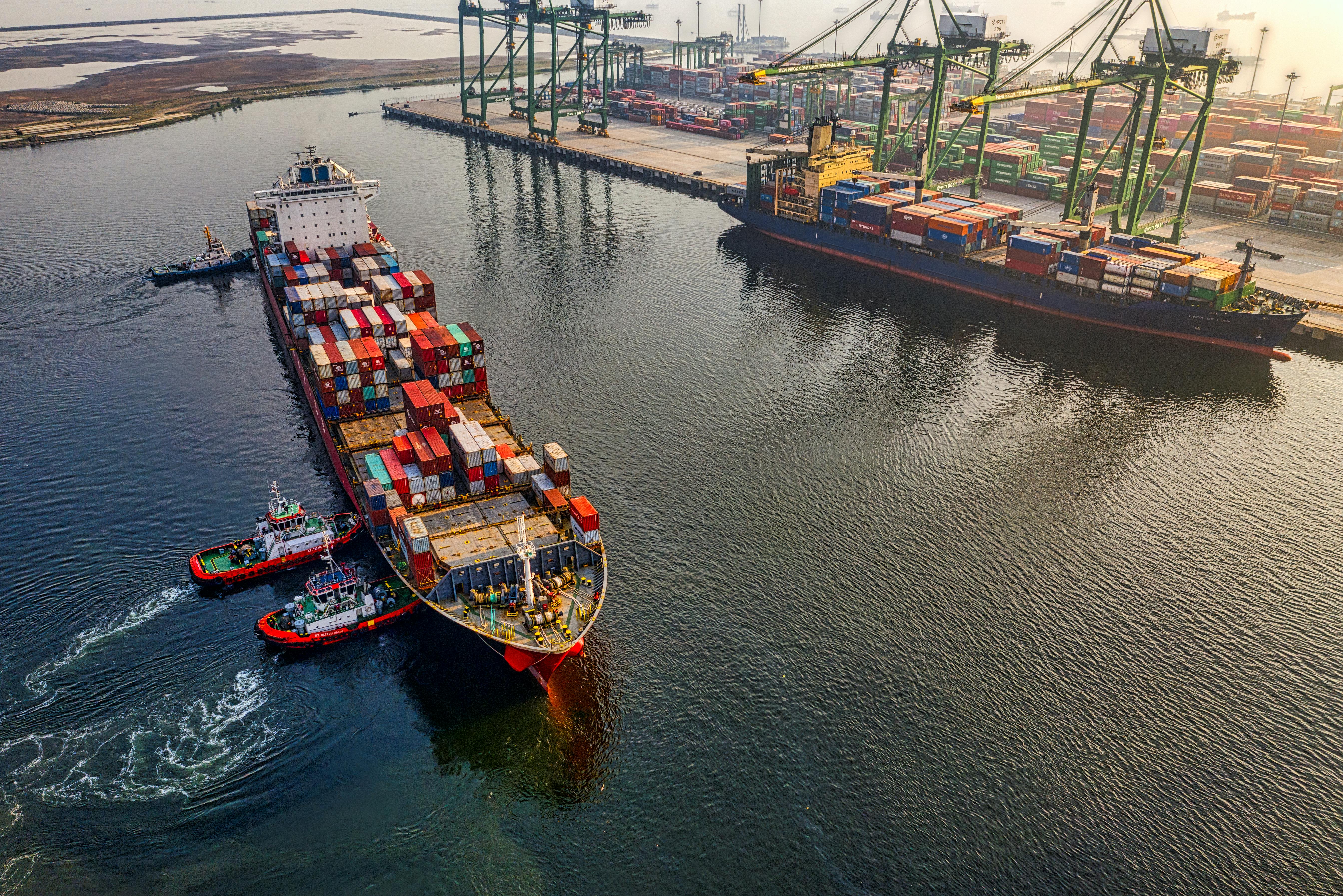Small Business Survival Guide: Three Critical Steps to Weather the January Port Strike
Learn how small businesses can protect their supply chains from disruptions like January's potential ILA port strike with practical, actionable steps that won't break the bank.
October 29, 2024
As the CEO of Cubic and a freight forwarding veteran, I've guided thousands of businesses through supply chain disruptions for nearly 20 years.
Although no one actually knows what will happen January 15, it is important for businesses to prepare for the worst and hope for the best.
While October's three-day strike was manageable, January's potential disruption is worrisome – not for my company, but for our small business clients who could face severe impacts.
I'm writing this because I've seen how proper preparation can mean the difference between survival and shutdown for small businesses. You don't need the resources of mega-retailers to weather this storm, but you do need to act now. Let me share the three most effective strategies I've seen work for our small business clients.
Start With Data, Not Panic
One of our clients, a home décor retailer in Philadelphia, exemplifies the right approach. During October's strike, they faced a stark reality: their inventory management system consisted of mix of their fancy project management tool, spreadsheets and intuition. When their shipments stopped at New York/New Jersey ports, they nearly missed their holiday season commitments.
From my experience overseeing thousands of shipments monthly, I can tell you that successful preparation starts with precise inventory knowledge. Before you consider alternative shipping routes or expensive air freight, you need to know exactly where you stand.
I advise all our small business clients to answer three critical questions:
What's your current inventory runway for each product?
Which specific ports handle your incoming shipments?
What's your minimum inventory threshold for maintaining operations?
This clarity has saved countless businesses. That Philadelphia retailer discovered between 70%-80% of their inventory relied on a single port system. This realization led them to implement immediate changes that protected their business during subsequent disruptions.
The Buffer Strategy That Works
Having overseen shipping operations during multiple disruptions over the years, I've found that building strategic inventory buffers is the most cost-effective solution for small businesses. Notice I say "strategic" – this isn't about hoarding inventory.
A specialty food importer in Houston proves this point perfectly. Learning from previous port disruptions and COVID-19 slowdowns, they took this advice and built a 45-day buffer of their most critical items. The key was selectivity – they focused only on their top-revenue products that restaurants couldn't do without. When shipping delays hit, they maintained their customer base while competitors struggled with stockouts.
Creating Affordable Contingency Plans
Here's an insider secret I recently learned in a Telegram group for freight forwarders: small businesses often have more leverage than they realize. The story is one of an electronics distributor in Atlanta who created a clever solution to circumvent issues of purchasing power.
Instead of attempting to establish independent alternative shipping routes – which can be prohibitively expensive – they formed a consortium with other regional importers. Together, they had enough volume to negotiate favorable rates. The brilliance was in the approach: they set up the framework and relationships first, without immediately shifting any shipments.
Here's your action plan for the next 60 days:
Again, no one can be certain there are going to be issues due to the ILA strike, but having a plan in place will help in case there is.
November: Complete your inventory analysis and identify your critical products. Reach out to your current suppliers to discuss slightly increasing your regular orders through year-end.
December: Put your backup plan in place. Connect with a freight forwarder who can handle West Coast routing if needed. Consider finding other local businesses to partner with for consolidated shipments.
Early January: Make final decisions about implementing your contingency plans based on the status of negotiations.
Remember, the goal isn't to completely restructure your supply chain – it's to ensure your business can continue operating even if the worst happens. As we saw in October, even a three-day strike may create a backlog and disruption for some companies.
The Most Important Step
Perhaps the most crucial action you can take is the simplest: start today. Every week you wait reduces your options and increases your potential costs. The businesses that successfully navigate shipping disruptions are not necessarily the largest or most resourceful – they were the ones who started preparing early.
Ready to take the first step? Pull up your inventory list right now and start highlighting those critical items. Your future self will thank you.
Read More Blogs
Your Trusted Partner in Data Protection with Cutting-Edge Solutions for Comprehensive Data Security.






